The biggest hurdle to setting up a new dairy farm is obtaining a milk contract, according to NFUS dairy policy manager Stuart Martin.
Farmers looking to go into the milk sector will struggle to find a processor willing to take their milk unless they send it to England with a haulage charge deducted to the price.
Despite the challenge for new entrants to the sector, Scottish dairy farmers are in confident mood, with record prices and over 3,000 more cows on farms.
“Outside of farms close to the English border in Dumfries, there are very few options for new herds to get a contract with a milk processor,” said Stuart.
The biggest challenge to setting up is getting a milk contract.
“I speak to dairy farmers from Ireland and England who are looking to buy a farm in Scotland and setting up a dairy in Scotland.
“But they can’t get an offer of a milk contract from one of the processors in Scotland, so the plans can’t get off the ground.”
Dairy Hub Scotland
Part of Stuart’s role with the Union is running the Scottish dairy hub, which offers support and guidance to farmers. The free service receives over 800 calls from farmers and is funded by the Union and the Scottish Government.
One call three months ago typifies the challenges of getting into farming according to Stuart.
“Three months ago I spoke to an Irishman about coming to Scotland to dairy. I explained that it was unlikely they would get a new milk contract but I provided a list of processors for them to approach processors. Later that week they were back on the phone explaining that they were making little progress in obtaining a contract, something that had caught them by surprise”
Currently the high end of the milk price in Scotland is approximately 36p/l to 37p/l, which is leaving farmers with some of the biggest milk cheques in their history. This isn’t uniform, with a 20% disparity in milk price across the country.
A challenge for all is the lack of alternative milk processing in Scotland. At the current time Scottish processing is producing some fantastic products that receive worldwide exposure.
However, there are some glaring gaps in the scale of production of specialist powders or UHT production. Dairy farmers in Scotland have proven to be a resilient bunch in the last 10 years, and it is important that supply chains are established to ensure a thriving industry continues.
Cost fears
Despite record prices for dairy farmers, the cost of production is rising just as rapidly with feed, fertiliser and labour the top three issues on farm.
The challenge to better utilise fertiliser or reduce dependency is particularly acute for Scottish dairy as to cover overheads, high input for high output systems are the common practice.
Any significant cut in nitrogen will mean a reduction in milk production or supplementary feed will need to be found. With the organic milk market finely balanced between supply and demand, few farmers are thinking of a radical switch in system.
Brexit, inflation and COVID-19 have caused a perfect storm for the labour shortage on dairy farms. If farmers are to keep staff then wages will haveto rise.
This is pushing many farmers into considering robotic milking.
Fewer farms, more cows
Scotland has 11 fewer dairy farms but over 3,000 more cows according to figures from the Scottish Dairy Cattle Association. The change marks continued concentration of the sector, with fewer farms keeping more cows.
The average herd in Scotland rose over the last 12 months from 209 cows to 216 cows for the 832 dairy farms in the country. The national dairy herd is 179,361 cows.
The southwest of the country is still the heart of the Scottish milk sector, with over 65% of the dairy farms and over 70% of the cows. Wigtownshire, Dumfries, Ayrshire and Kirkcudbrightshire together put on an extra 3,560 cows in the last year whilst recording a net loss of one farm.
Whilst, Fife, Stirlingshire, Lanarkshire and the Kintyre peninsula lost over 1,000 cows.
These are historically strong dairy areas which appear to be victims of the move to focus production in the southwest of the country. Further north in Scotland there are a few clusters of farms around smaller processors but large swathes of Scotland have no dairy farming activity at all.
Janette Mathie, the secretary of the Scottish Dairy Cattle Association, who maintains the database, said: “Compared to this time last year there is more stability in the dairy industry with increased milk and cattle prices. Cow numbers have also increased but so has investment with new parlours and cattle housing being installed. However, we are aware of some herds who will cut back or even cease production during the next few months, giving dairy farmers throughout the country the opportunity to invest in good breeding cow families.”
LFASS reinstated
Less Favoured Support Scheme payments will be paid in full this year after reduced rates for the last few years.
Farmers and crofters in areas facing natural or other specific constraints will start to receive their share of more than £65m shortly, with £47m paid into bank accounts next week.
The Scottish government confirmed in its December 2021 budget that the LFASS fund would return to full payments at the 2018 level and guaranteed the post-Brexit retention of this crucial scheme from 2021 to 2024
More than 9,000 eligible farmers and crofters in some of Scotland’s most remote and marginalised areas will receive the payments through the LFASS 2021.
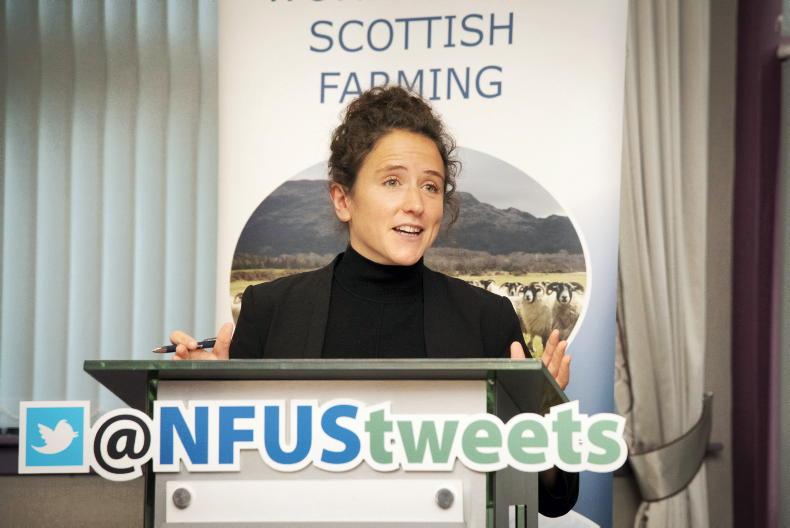
Rural Affairs Secretary Mairi Gougeon.
The Scottish Government’s Rural Affairs Secretary Mairi Gougeon said: “Farmers and crofters continue to ensure that the nation is fed, even in the challenging times we’ve experienced over the past few years between the pandemic and issues caused by Brexit. It’s important that we can continue to give them security by providing them with the cashflow they need to continue operating and this funding will help us do that.

NFU Scotland's LFA Committee chair Robert MacDonald.
“We’re committed to supporting them for all the hard work they do and I’m pleased to say we’ve brought the LFASS rate back up to 100% and that these payments will start to reach farmers and crofters from next week.”
NFU Scotland’s LFA committee chair Robert MacDonald said: “A concerted lobbying effort by NFU Scotland to see the budget for the Less Favoured Areas Support Scheme restored to £65 million has paid dividends and we welcome the boost that LFASS funding will commence to Scottish LFA farms and crofts next week.
“All farmers face significant cost challenges for feed, fertiliser and fuel this spring and this support will ensure that those in our Less Favoured Areas will continue to deliver for the rural economy, local jobs, landscapes, carbon sequestration and biodiversity.
The biggest hurdle to setting up a new dairy farm is obtaining a milk contract, according to NFUS dairy policy manager Stuart Martin.
Farmers looking to go into the milk sector will struggle to find a processor willing to take their milk unless they send it to England with a haulage charge deducted to the price.
Despite the challenge for new entrants to the sector, Scottish dairy farmers are in confident mood, with record prices and over 3,000 more cows on farms.
“Outside of farms close to the English border in Dumfries, there are very few options for new herds to get a contract with a milk processor,” said Stuart.
The biggest challenge to setting up is getting a milk contract.
“I speak to dairy farmers from Ireland and England who are looking to buy a farm in Scotland and setting up a dairy in Scotland.
“But they can’t get an offer of a milk contract from one of the processors in Scotland, so the plans can’t get off the ground.”
Dairy Hub Scotland
Part of Stuart’s role with the Union is running the Scottish dairy hub, which offers support and guidance to farmers. The free service receives over 800 calls from farmers and is funded by the Union and the Scottish Government.
One call three months ago typifies the challenges of getting into farming according to Stuart.
“Three months ago I spoke to an Irishman about coming to Scotland to dairy. I explained that it was unlikely they would get a new milk contract but I provided a list of processors for them to approach processors. Later that week they were back on the phone explaining that they were making little progress in obtaining a contract, something that had caught them by surprise”
Currently the high end of the milk price in Scotland is approximately 36p/l to 37p/l, which is leaving farmers with some of the biggest milk cheques in their history. This isn’t uniform, with a 20% disparity in milk price across the country.
A challenge for all is the lack of alternative milk processing in Scotland. At the current time Scottish processing is producing some fantastic products that receive worldwide exposure.
However, there are some glaring gaps in the scale of production of specialist powders or UHT production. Dairy farmers in Scotland have proven to be a resilient bunch in the last 10 years, and it is important that supply chains are established to ensure a thriving industry continues.
Cost fears
Despite record prices for dairy farmers, the cost of production is rising just as rapidly with feed, fertiliser and labour the top three issues on farm.
The challenge to better utilise fertiliser or reduce dependency is particularly acute for Scottish dairy as to cover overheads, high input for high output systems are the common practice.
Any significant cut in nitrogen will mean a reduction in milk production or supplementary feed will need to be found. With the organic milk market finely balanced between supply and demand, few farmers are thinking of a radical switch in system.
Brexit, inflation and COVID-19 have caused a perfect storm for the labour shortage on dairy farms. If farmers are to keep staff then wages will haveto rise.
This is pushing many farmers into considering robotic milking.
Fewer farms, more cows
Scotland has 11 fewer dairy farms but over 3,000 more cows according to figures from the Scottish Dairy Cattle Association. The change marks continued concentration of the sector, with fewer farms keeping more cows.
The average herd in Scotland rose over the last 12 months from 209 cows to 216 cows for the 832 dairy farms in the country. The national dairy herd is 179,361 cows.
The southwest of the country is still the heart of the Scottish milk sector, with over 65% of the dairy farms and over 70% of the cows. Wigtownshire, Dumfries, Ayrshire and Kirkcudbrightshire together put on an extra 3,560 cows in the last year whilst recording a net loss of one farm.
Whilst, Fife, Stirlingshire, Lanarkshire and the Kintyre peninsula lost over 1,000 cows.
These are historically strong dairy areas which appear to be victims of the move to focus production in the southwest of the country. Further north in Scotland there are a few clusters of farms around smaller processors but large swathes of Scotland have no dairy farming activity at all.
Janette Mathie, the secretary of the Scottish Dairy Cattle Association, who maintains the database, said: “Compared to this time last year there is more stability in the dairy industry with increased milk and cattle prices. Cow numbers have also increased but so has investment with new parlours and cattle housing being installed. However, we are aware of some herds who will cut back or even cease production during the next few months, giving dairy farmers throughout the country the opportunity to invest in good breeding cow families.”
LFASS reinstated
Less Favoured Support Scheme payments will be paid in full this year after reduced rates for the last few years.
Farmers and crofters in areas facing natural or other specific constraints will start to receive their share of more than £65m shortly, with £47m paid into bank accounts next week.
The Scottish government confirmed in its December 2021 budget that the LFASS fund would return to full payments at the 2018 level and guaranteed the post-Brexit retention of this crucial scheme from 2021 to 2024
More than 9,000 eligible farmers and crofters in some of Scotland’s most remote and marginalised areas will receive the payments through the LFASS 2021.

Rural Affairs Secretary Mairi Gougeon.
The Scottish Government’s Rural Affairs Secretary Mairi Gougeon said: “Farmers and crofters continue to ensure that the nation is fed, even in the challenging times we’ve experienced over the past few years between the pandemic and issues caused by Brexit. It’s important that we can continue to give them security by providing them with the cashflow they need to continue operating and this funding will help us do that.

NFU Scotland's LFA Committee chair Robert MacDonald.
“We’re committed to supporting them for all the hard work they do and I’m pleased to say we’ve brought the LFASS rate back up to 100% and that these payments will start to reach farmers and crofters from next week.”
NFU Scotland’s LFA committee chair Robert MacDonald said: “A concerted lobbying effort by NFU Scotland to see the budget for the Less Favoured Areas Support Scheme restored to £65 million has paid dividends and we welcome the boost that LFASS funding will commence to Scottish LFA farms and crofts next week.
“All farmers face significant cost challenges for feed, fertiliser and fuel this spring and this support will ensure that those in our Less Favoured Areas will continue to deliver for the rural economy, local jobs, landscapes, carbon sequestration and biodiversity.








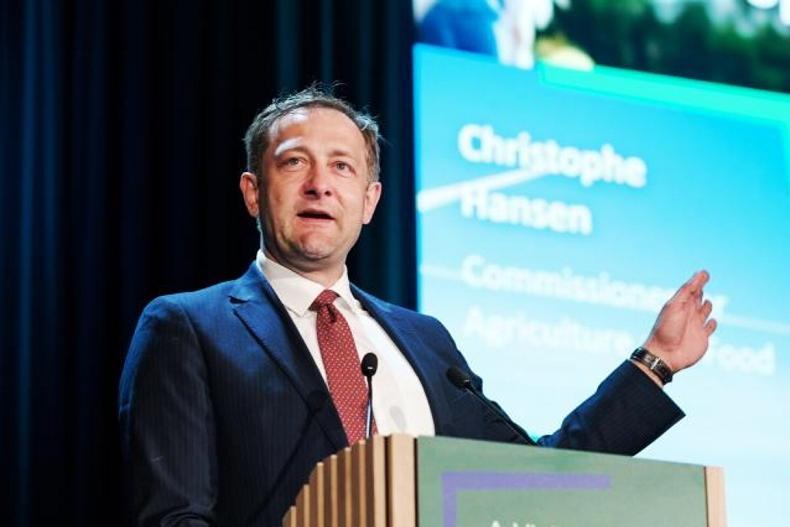

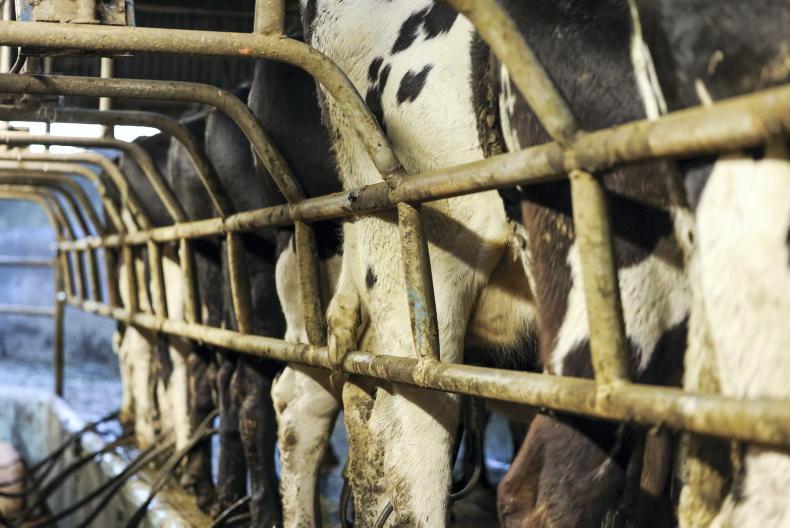
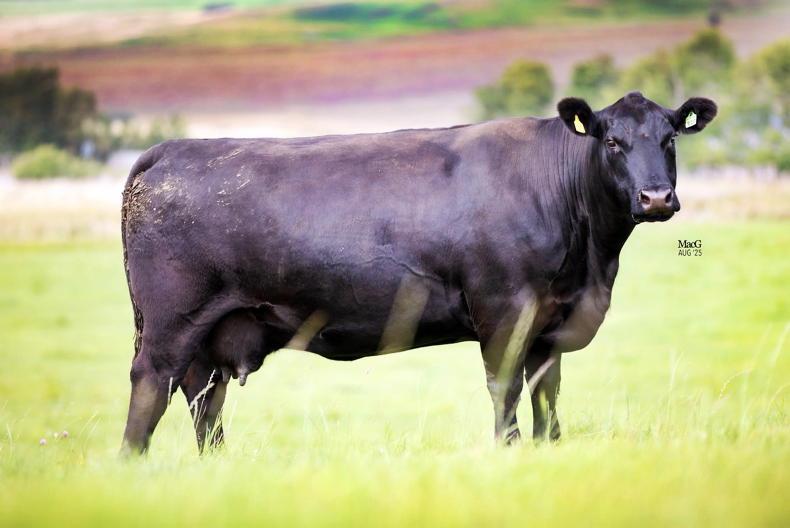
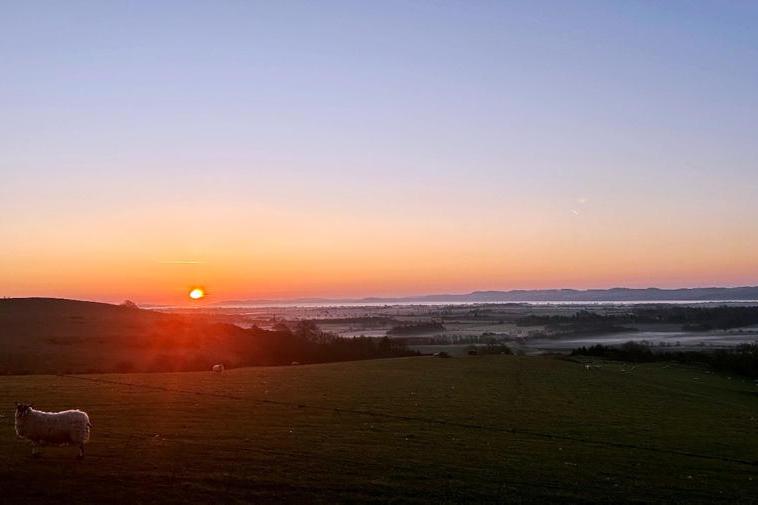
SHARING OPTIONS